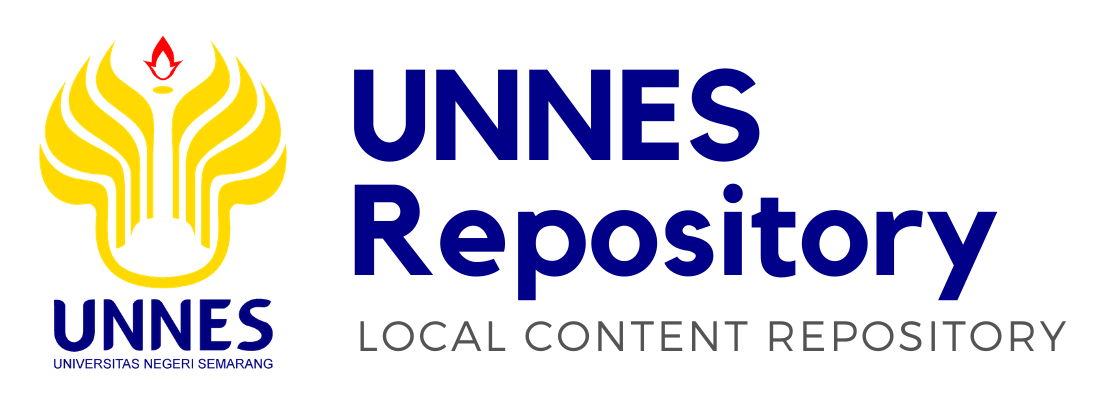TEACHING ENGLISH FOR YOUNG LEARNERS BY USING “GUESSING” GAMES IN STUDENTS’ SPEAKING SKILL (An Action Research at the Fifth Grade Students of SD Negeri Bugangin Kendal in the Academic Year of 2008/2009)
Dyah Rizqi Nurul Hidayati , 2201404077 (2009) TEACHING ENGLISH FOR YOUNG LEARNERS BY USING “GUESSING” GAMES IN STUDENTS’ SPEAKING SKILL (An Action Research at the Fifth Grade Students of SD Negeri Bugangin Kendal in the Academic Year of 2008/2009). Under Graduates thesis, Universitas Negeri Semarang.
Preview |
PDF (TEACHING ENGLISH FOR YOUNG LEARNERS BY USING “GUESSING” GAMES IN STUDENTS’ SPEAKING SKILL (An Action Research at the Fifth Grade Students of SD Negeri Bugangin Kendal in the Academic Year of 2008/2009))
- Published Version
Download (2MB) | Preview |
Abstract
This final project analyzed the use of “Guessing” games as a technique in teaching English speaking for young learners for Elementary students. The objectives of the study were to describe how the guessing game was applied in teaching speaking and to know the problems that faced by the teacher and the students in applying the game. In this study, the writer used Action Research and qualitative method with simple counting in presenting the data. To gather the data, the writer applied a classroom observation which was supported by questionnaires, tests, and field notes. The observation was conducted to the teaching of the fifth grade students of SD N Bugangin Kendal in the academic year of 2008/2009. From the classroom observation, the writer could see the problems that faced both the teacher and the students, and also some advantages and the disadvantages in doing the game. According to the result obtained, in pre-test from 25 students who got Poor categories (below 35 grades) were 9 students (36%), Fair categories (35-39) were 8 students (32%), and Good categories (40-44) were 8 students (32%). In twice treatment the students who got Poor categories in the first treatment were 7 students (28%) and in the second treatment was none (0%), the students who got Fair categories in the first treatment were 10 students (40%) and in the second treatment were 13 students (52%), who got Good categories in the first treatment and in the second treatment were 8 students (32%), and who got Excellent categories in the first treatment was none but in the second treatment were 4 students (16%). And the last was post test, the students who gained Poor categories was none, Fair categories were 6 students, Good categories were 9 students, and Excellent categories were 10 students. The writer concluded that there were some advantages of using the game of Guessing games such as enlarging knowledge, enriching vocabulary, receiving and sending message, and also problem solving. It is a simple interesting game and can motivate the students’ speaking habit to communicate in English with each other. The disadvantage was it could waste the time if the teacher could not use the time effectively and efficiently. Finally, the writer suggested that the teacher should apply interesting techniques or methods in her/his teaching and be a creative person in promoting the students’ speaking habit. He/she also can apply the game of Guessing Game as a technique in teaching speaking or oral test for Elementary students.
| Item Type: | Thesis (Under Graduates) |
|---|---|
| Uncontrolled Keywords: | English for Young Learners, Speaking, Guessing Games |
| Subjects: | L Education > LB Theory and practice of education > LB1501 Primary Education P Language and Literature > PE English |
| Fakultas: | Fakultas Bahasa dan Seni > Pendidikan Bahasa Inggris (S1) |
| Depositing User: | Users 98 not found. |
| Date Deposited: | 06 May 2011 07:16 |
| Last Modified: | 25 Apr 2015 04:43 |
| URI: | http://lib.unnes.ac.id/id/eprint/2203 |
Actions (login required)
 |
View Item |
